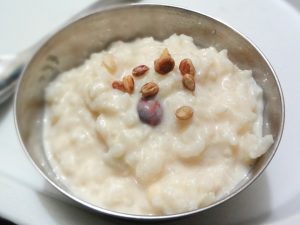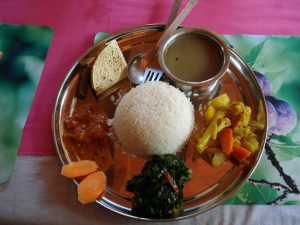 Sushma Bhandari of Syuchatar, Kathmandu, is a working mother. She usually sends packaged foods like biscuits, cakes, and instant noodles as tiffin for her seven-year-old son. “Due to my busy schedule, I rarely have some time to cook something homely for my son as tiffin. With packaged food, my son’s tiffin is ready in no time,” she says, claiming her son is fond of such readymade food.
Sushma Bhandari of Syuchatar, Kathmandu, is a working mother. She usually sends packaged foods like biscuits, cakes, and instant noodles as tiffin for her seven-year-old son. “Due to my busy schedule, I rarely have some time to cook something homely for my son as tiffin. With packaged food, my son’s tiffin is ready in no time,” she says, claiming her son is fond of such readymade food.
Observing such trends, nutritionist and public health expert Dr Aruna Uprety comments, “Nowadays, people have been taking our traditional healthy food and food culture for granted and have been consuming a lot of junk food on a daily basis, especially as snacks. They are unaware of their cons in the long run.”
With the number of people like Bhandari increasing across the country, experts like Dr Uprety have expressed concerns over the long-term impacts of such behaviours. They also highlight that getting away with such ‘subtle evils’ is possible if people really want.
The trap of access and advertisement
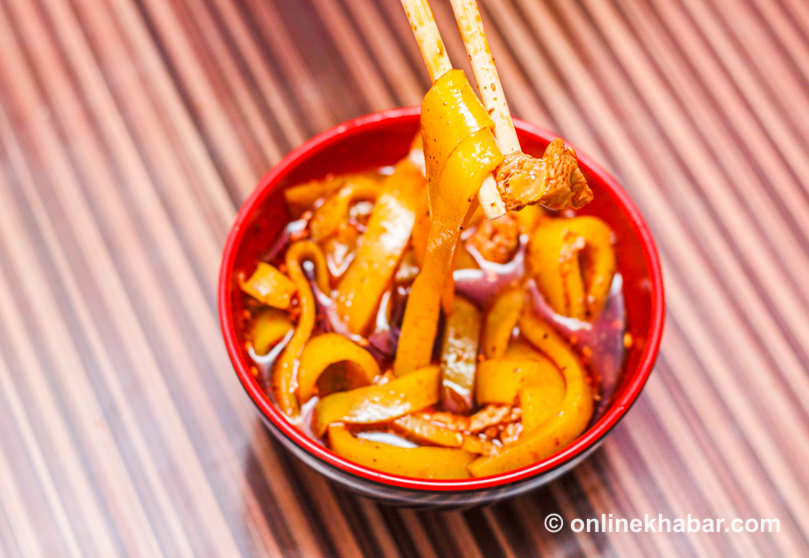 Apparently, ready-to-eat food is popular because access to them is easy. Step out of your house, look around and notice that your closest grocery shops are full of packaged food items. Reach out to your nearest junction you would see a lot of stalls of fast food items like chatpate, panipuri, momo, and laphing. Why only stalls, there are fancy supermarkets and malls too selling the junks.
Apparently, ready-to-eat food is popular because access to them is easy. Step out of your house, look around and notice that your closest grocery shops are full of packaged food items. Reach out to your nearest junction you would see a lot of stalls of fast food items like chatpate, panipuri, momo, and laphing. Why only stalls, there are fancy supermarkets and malls too selling the junks.
Now, compare them with the eateries that serve traditional Nepali food: the options are scarce. The farms that produce organic food are also comparatively few in numbers.
There is also another reason: the fake world created by advertisements. Dr Uprety says, “People including parents and children are conned by false advertisements of noodles, biscuits, chocolates, juices or any junk food which claim of containing nutrients, the goodness of fresh fruits, milk and many more for a healthy body. Other than this, added artificial flavours in junk food enhance their taste to the next level, causing an addiction among many children and even in the adults though they are conscious that these items are not beneficial in the long run.”
She also mentions that those aware adults are eating and letting the children in their families junk and fast food due to their busy schedule or even their laziness and addictive taste of junk foods. “They find junk food handy, less expensive, less time-consuming and less tiresome than cooking healthy and nutritionally balanced food at home neglecting the future expenses, time and efforts that one requires to maintain the health harshly affected by junk food in the future,” points out Dr Uprety.
What actually is junk food?
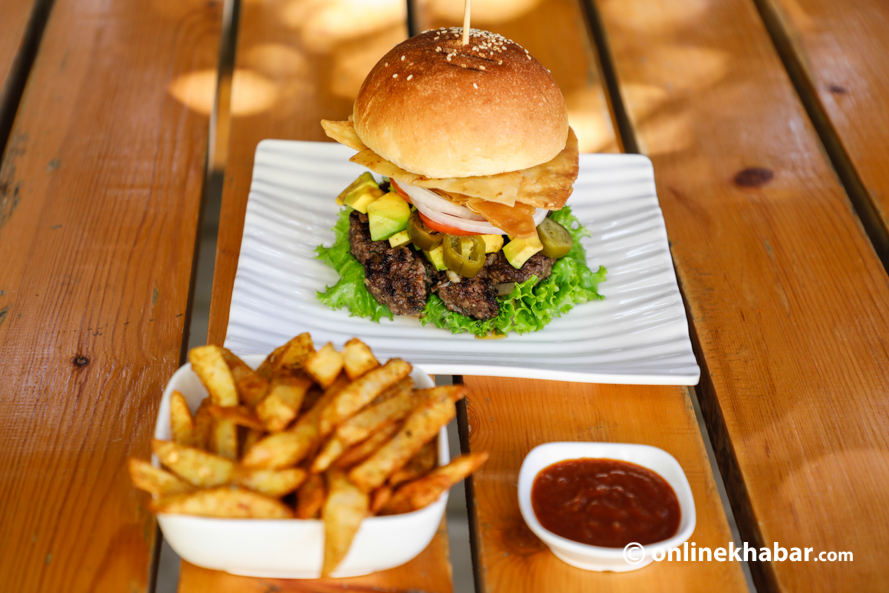 A clinical and bariatric nutritionist at Norvic International Hospital in Thapathali, Praniti Singh, defines junk food as any food that is highly processed, has high calories, excess sugar/fat/salt content and that lacks other nutrients like protein, fibre, vitamins, and minerals.
A clinical and bariatric nutritionist at Norvic International Hospital in Thapathali, Praniti Singh, defines junk food as any food that is highly processed, has high calories, excess sugar/fat/salt content and that lacks other nutrients like protein, fibre, vitamins, and minerals.
She says, “Any food becomes junk when it is consumed in a large quantity, almost on a regular basis, in a wrong climate or season or environment and when it is consumed without the need of the body.”
She illustrates this idea with the momo-eating culture that has become the symbol of Nepali food to the world. This food originated in a colder climate where one has to work constantly for living. Maida flour in momo provides instant energy to the body and keema (minced meat and vegetables) and soup add nutrient value to the body to survive in the cold climate. But, nowadays eating momo as lunch and snacks daily has been a part of life in any part of the country, neglecting its real purpose and timing. Dt Singh says, in this context, momo can also be considered junk food.
Aruna Uprety asserts, “This kind of food is responsible for growing health problems like obesity, hypertension, dyslipidemia, heart disease and diabetes among the youngsters, children and elderly people in Nepal.”
Singh also confirms that hypertension, obesity, heart diseases, and diabetes were mostly seen in the late 40s and 50s in the past. But today, these health problems are seen very common within the children and youth also.
Need for alternatives
Uprety argues that the people now should get out of the traps created by access and advertisement, and consume a lot of healthy traditional food that in a way should force the food traders that even traditional food also sells. This will create an environment where healthy food businesses will flourish and people will have easy access to them. As much as people consume traditional healthy food, its market will grow, she hopes.
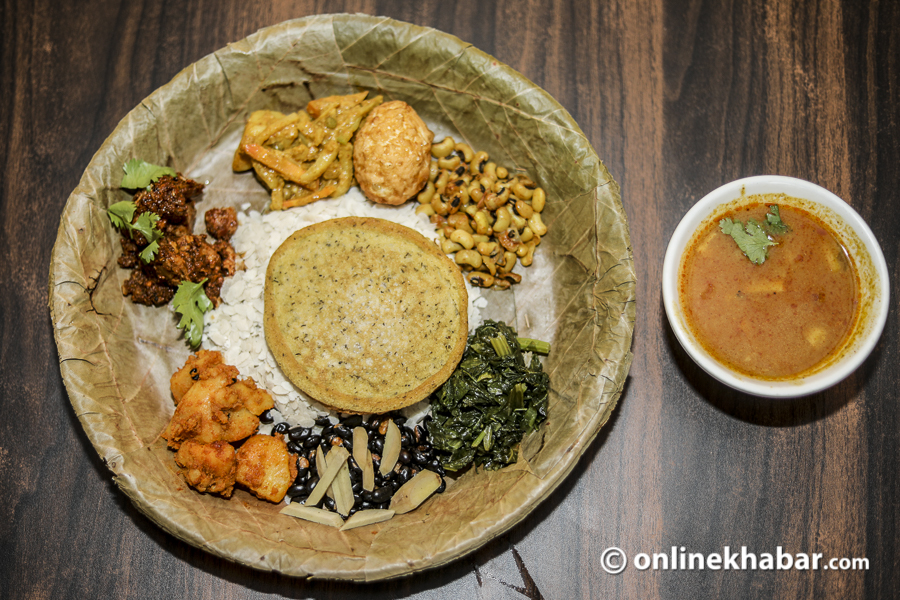
She views the growing business of Newari traditional dishes like samaybaji and Thakali set has already set an example that healthy food also sells.
Sharada Jnawali, who identifies herself as a ‘healthy food practitioner’, states that a wide variety of traditional Nepali food, in general, has many health benefits. Being concerned about the growing popularity of junk food among people, Jnawali, who has authored ‘Nepali Home Cooking for Healthy Living’, puts forward numerous ways to revive and also popularise traditional healthy food among general people. One of the ways she suggests is to sensitise the public, mostly children as well as their parents and teachers, regularly about the benefits of traditional healthy food and the harms caused by consuming junk food.
Adding to this, she says, “Nutrition education, incorporating both theoretical and practical dimensions, should be introduced in the school curriculum and imparted accordingly.”
Her next recommendation is that the government should make a policy that requires, or motivates, all hotels and restaurants across the country to include Nepali traditional food items on their menu.
Jnawali also believes that organising food shows and festivals that promote the local and traditional food of all regions and ethnic groups of Nepal regularly will revive and popularise healthy traditional food among many Nepali people. The trend of practising responsible cooking should be followed in every hotel, restaurant, and home, she suggests.
The expert opines that approaches to promote traditional healthy food should be both from the top to bottom (such as government policies) and bottom to up (such as awareness among general people).
Reacting to a common perception that healthy food is not tasty, she says, “Yes, there is this myth prevalent in many people, but that is not the reality. If only food practitioners would present the food in a decorative manner adding tasty healthy ingredients, this myth will vanish.”
Likewise, she remarks that the role of media in promoting the health benefits of traditional food regularly among their audience is very crucial to revive the food culture.







